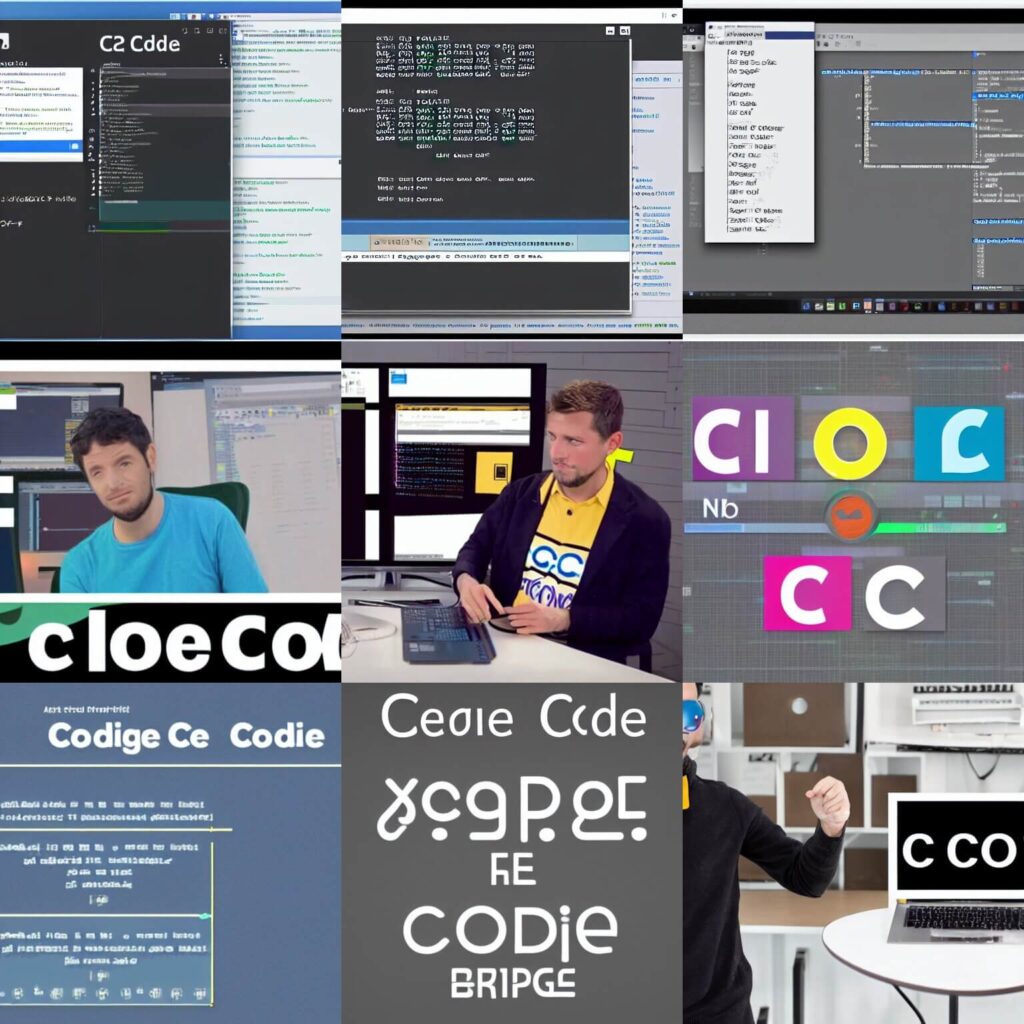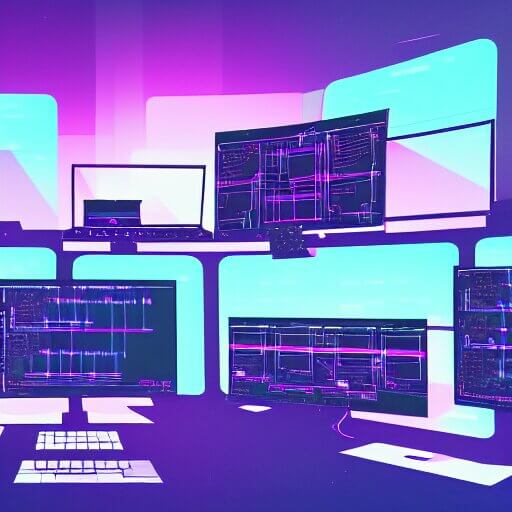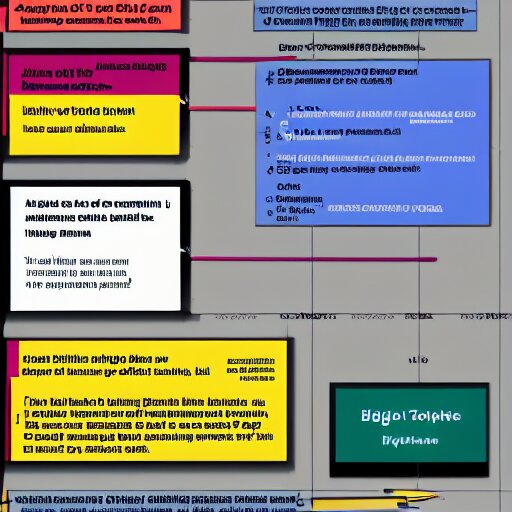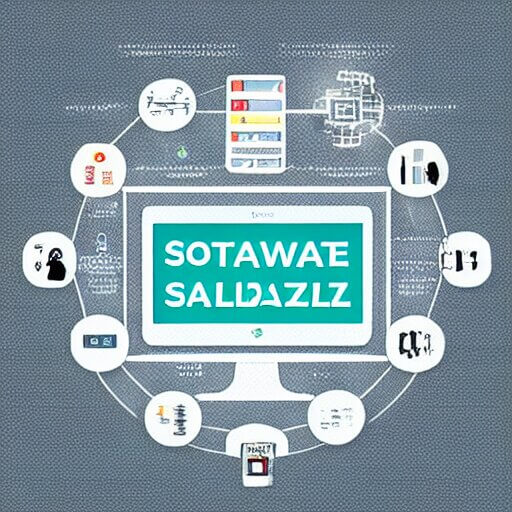No, there is not only one best software process model. Different software development projects may require different approaches and models to meet the specific needs of the project. It is important to consider which model best fits your project’s needs before selecting one.
Are you trying to decide which software process model is the best for your project? Are you curious about the advantages of each one? In this blog post, we’ll compare the different types of software process models and discuss why one might be better than another.

Introduction To The Best Software Process Model
Software process models are essential for software development projects. They provide a framework for software engineers to follow when creating a software system. A software process model outlines the stages and order of activities for developing, testing and maintaining a software system.
Each model has its own strengths and weaknesses, making it difficult to determine which is the best choice for your project. In this post, we will explore the different software process models available, as well as their advantages and disadvantages, in order to help you decide which model is best suited for your project.
13 The Best Software Process Model Analysed
1. Waterfall Model
The Waterfall Model is one of the first software development methodologies and is still popular due to its logical progression and minimal risk. It is a sequential model that divides software development into pre-defined phases, each of which must be completed before the next phase can begin.
This model works best for smaller projects where requirements are clearly outlined and well understood. However, it is not suitable for large or complex projects as changes can be difficult or expensive to implement. The Waterfall Model can be used in conjunction with other models to create a customized approach for software development projects.
2. V Model
The V Model is an extension of the waterfall model, where software development and testing activities are executed in a sequential manner. It is also referred to as the Verification and Validation Model, as each phase of software development must be completed before the next phase can begin.
It is a simple variant of the classic waterfall model that makes project management easier, but it is not suitable for complex projects. The V Model consists of a series of phases, such as Requirements Gathering, Design, Coding, Testing, Implementation, and Maintenance. Each phase has its own set of activities that must be completed before the next phase can begin.
The V Model emphasizes a strong collaboration between software developers, testers, and other stakeholders to ensure that high-quality products are delivered on time. The V Model is particularly useful for projects that require a high level of accuracy and quality assurance. It also ensures that testing is done at every stage of the development process. This helps to identify and resolve any issues early in the process and reduces the risk of costly rework down the line.

Overall, the V Model provides an efficient and structured approach to software development and testing. It is an ideal choice for small-to-medium-sized projects that require stringent quality standards and need to be completed within tight timelines.
3. Iterative and Incremental Model
Iterative and Incremental Development (IID) is a software development model that combines the iterative design process and the incremental build model. This model involves the partial implementation of a total system, where each partial version of the system is developed through an iterative cycle. The cycle starts with a basic working version of the product and then each iteration builds on that version until the requirements are met.
This model is great for projects that have loosely-coupled parts and projects with complete and clear requirements. The incremental model also allows partial utilization of the product, which helps to avoid a long development time.
This methodology is a process in which requirements are broken down into multiple increments, and each increment goes through all phases of a standard SDLC model. It is important to note that this model should be used in conjunction with other software models for effective development.
4. Evolutionary Process Model
The Evolutionary Process Model is a combination of the Iterative and Incremental models of the software development life cycle. It allows to development of more complete versions of the software by delivering it in small increments. With this model, the system can be developed on a large-scale project by making successive refinements and gradually adding new features.
Refactoring is a key technique used in this process model which is a change made that preserves the current behaviour of the system. This helps the developers to easily reuse and maintain the code, thus making it more efficient. This model is best suited for projects which require quick delivery and have frequent changes in requirements.

5. Prototype Model
The Prototype Model is a software development model that involves building, testing, and reworking a model output. It is an iterative, trial-and-error process that allows developers to test their hypotheses and refine the prototype until an acceptable system is produced. This model works best in scenarios where not all of the project requirements are known in detail ahead of time.
Software Prototyping refers to building software application prototypes which display the functionality of the product under development. Since in this methodology a working model of the system is provided, the users get a better understanding of the system prior to its actual development. This model is also very flexible, as smaller models are easier to execute changes in. The Prototype Model is one of the most popularly used Software Development Life Cycle Models (SDLC models).
6. Spiral Model
The Spiral Model is a risk-based software development process model that combines the benefits of the waterfall model with iterative development. It is best used for large projects which involve continuous enhancements and is based on the concept of risk management. The Spiral Model guides a team to adopt components of one or more other process models, such as the Waterfall Model, Iterative Model, and Big Bang Approach.
The Spiral Model has four main stages: planning, risk assessment, engineering and evaluation. The planning stage involves dividing the project into smaller sections and defining the goals for each section. The risk assessment stage is where potential risks are identified and mitigated. Engineering is where the project is developed, tested and documented.
Finally, the evaluation stage evaluates the progress made in each area and determines if any changes are needed before continuing on to the next iteration. The Spiral Model is considered to be one of the most flexible SDLC methodologies due to its incremental approach which lets developers work on specific activities in one iteration while also allowing for changes to be made as needed. This makes it ideal for large and complex projects where changes are common and continual improvement is necessary.

7. Big Bang Approach
The Big Bang Approach is a unique software development process model that requires minimal planning, but lots of coding and programming. This model is based on the cosmological theory of the same name, and it is ideal for small projects with one or two developers working together. The Big Bang methodology prioritizes resources in the coding and software development process with little to no planning.
This model is perfect for products where requirements are not well understood and the final release date is not clear. This type of model requires more finances, code, and time than other models, but it can be useful for academic or practice projects.
Needs are understood to be fulfilled quickly in this model, as it focuses on all types of resources in software development and coding, with no or very little planning. This model is also useful if the goal is to get rid of an existing system and transfer all users quickly. When a Big Bang ERP Implementation is the best choice, you need to consider the number of resources available and if a quick transition is necessary.
8. Agile Software Development Methodology
The agile software development methodology is a popular and widely used approach for building software products. It is based on iterative and incremental development, which allows teams to deliver value to customers faster and with fewer risks. Agile methods break tasks into smaller iterations, or sprints, which are completed in short time frames (usually one to four weeks).
During each sprint, the development team works on refining the product, focusing on the highest-priority features. This allows the team to adapt quickly to changes in customer needs and respond rapidly to feedback. Agile also emphasizes collaboration among stakeholders, which makes it well-suited for startups who need to get their products to market quickly. With Agile, teams can deliver working software at a speedy pace and ensure customer satisfaction.
9. Feature Driven Development (FDD)
Feature-driven development (FDD) is an agile framework that organizes software development around making progress on features. It is a lightweight or Agile method for software development that focuses on developing features in a controlled and efficient manner.

This process is divided into five stages: develop an overall model, build a feature list, plan by feature, design by feature, and build by feature. In the first stage, a basic object model is created after a high-level walk-through with stakeholders. In the second stage, a detailed list of features is created. In the third stage, each feature is planned in terms of its scope, cost, and duration.
In the fourth stage, design is done for each feature in terms of sub-components needed to implement it. The fifth stage involves coding and unit testing for each part. FDD emphasizes communication between stakeholders and developers throughout the process so that everyone stays on the same page and can respond quickly to changes in requirements.
10. Lean Software Development (LSD)
Lean Software Development (LSD) is an agile framework that is based on optimizing development time and resources, eliminating waste, and ultimately delivering only the most valuable features to customers. The main idea behind this method is to reduce development costs while still achieving the desired result.
LSD follows the same concepts as other agile methodologies such as Scrum, with the goal of delivering working software in short iterations. However, instead of focusing on delivering features, LSD focuses on reducing waste and making sure every decision is backed by data. This methodology emphasizes customer feedback and collaboration between developers, designers, and stakeholders. With this approach, teams can quickly identify and fix problems without sacrificing quality. It also allows for iterative development, which results in quicker releases and a better overall product.
11. Rational Unified Process (RUP)
Rational Unified Process (RUP) is a software development process for object-oriented models. It is also known as the Unified Process Model, the process is based on iterative and incremental software development principles. The RUP captures many of the best practices in software engineering and is based on the Unified Modelling Language (UML) as a vehicle for development.
UML has become an industry standard for modelling object-oriented systems, making it easier for software developers to collaborate and create high-quality solutions. RUP provides a model for implementing proven approaches to development throughout the software development life cycle, from requirements gathering to system deployment and maintenance.
RUP is also an agile software methodology, in which the project life cycle is divided into four phases: Inception, Elaboration, Construction and Transition. Through these phases, software solutions are developed incrementally with an emphasis on continual customer feedback and rapid delivery of business value.

12. Dynamic Systems Development Method (DSDM)
Dynamic Systems Development Method (DSDM) is an agile project delivery framework that was originally developed in 1994 to aid in software development. It is a rapid application development (RAD) approach that is iterative and dynamic, meaning that the process can adapt to changing requirements and conditions.
DSDM is based on the core principles of collaboration, active user involvement, focus on business needs, and iterative and incremental development. It also considers the entire project lifecycle, from conception to delivery, emphasising quality assurance. DSDM has been used successfully for more than two decades and is still a popular choice for many projects today.
13. Choose, Combine & Customize Models
In today’s software development projects, it is very important to choose the right software process model. However, with so many models to choose from, it can be difficult to know which one is best. Fortunately, there is an option that allows developers to combine different models to create a custom process that best fits their project.
For example, the Rational Unified Process (RUP) encourages developers to mix different approaches. This hybrid model combines the best aspects of several software models, such as the Waterfall Model, Iterative and Incremental Model, and Agile Software Development Methodology. As a result, developers can create a more comprehensive approach that fits their project’s needs.
Similarly, the Dynamic Systems Development Method (DSDM) encourages developers to combine multiple models and customize them based on the project requirements. DSDM uses an iterative approach that focuses on delivering working software in short increments. Through continual feedback and communication between stakeholders and developers, teams are able to create a process that works for them.
Finally, the Lean Software Development (LSD) methodology is a combination of several software models, including Agile and Feature Driven Development (FDD). It focuses on eliminating waste in the development process and improving efficiency. By combining different models, developers are able to create a process that works for their project and removes unnecessary steps from the development cycle.

Conclusion
In conclusion, the choice of which software development model to adopt will ultimately depend on the specific needs of your business and the project at hand. Each model offers its own advantages and disadvantages, so it’s important to carefully consider the pros and cons of each before making a decision.
Additionally, it may be beneficial to combine elements from multiple models in order to customize a solution that fits your project perfectly. No matter which model you choose, it’s important to have clear communication between all stakeholders in order to ensure that the project is completed successfully.

